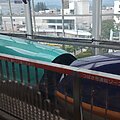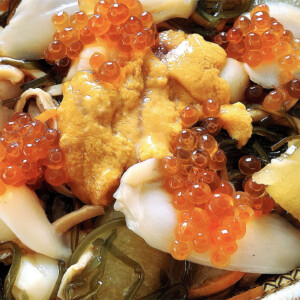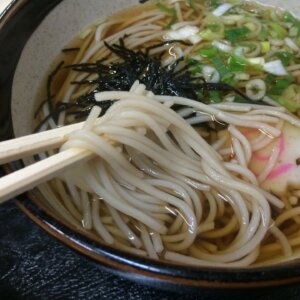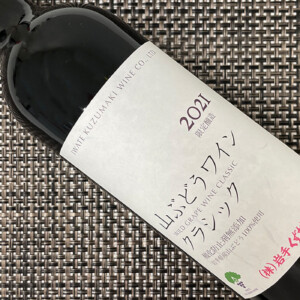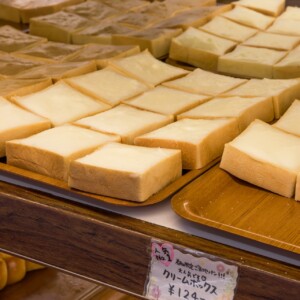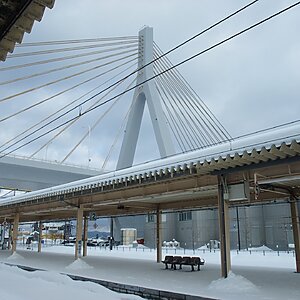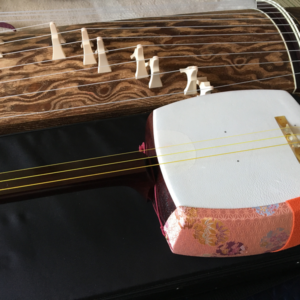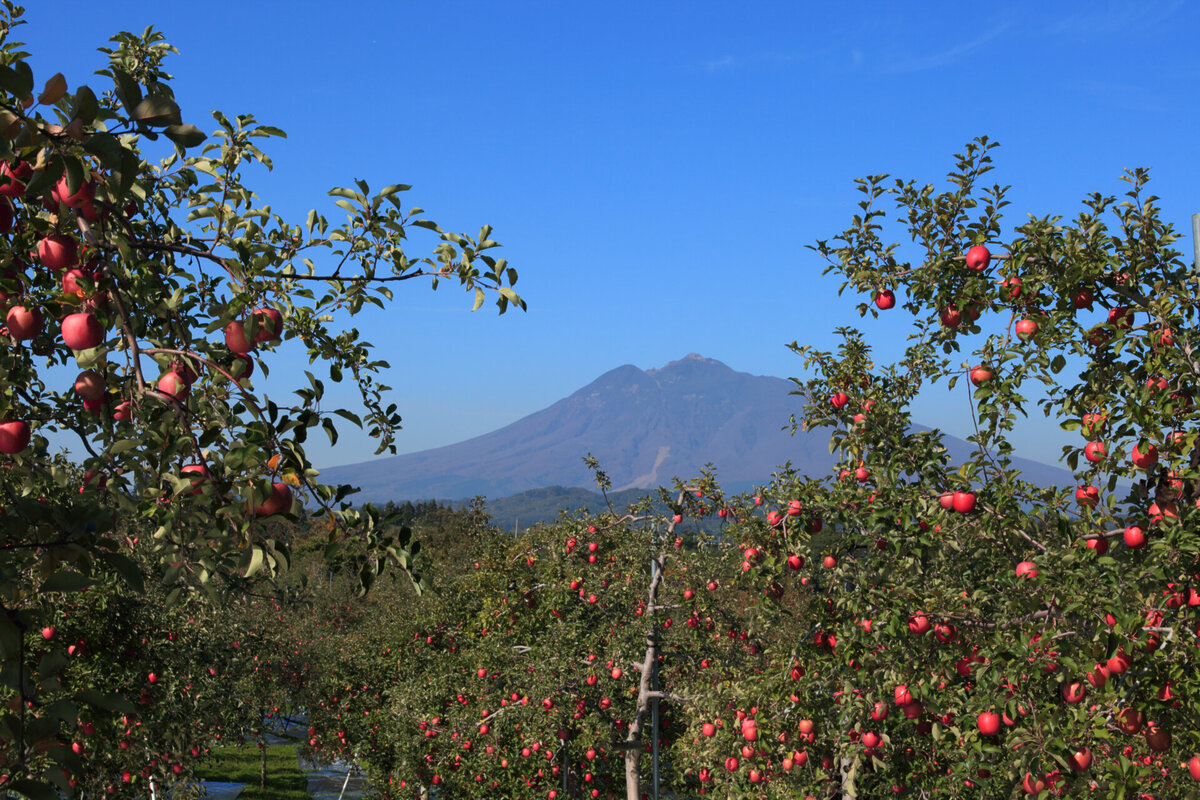
Aomori Prefecture's apple harvest is the highest in Japan at 370,000 tons per year! But how much is 370,000 tons?
table of contents
Many people, even if you don't live in the Tohoku region, know that Aomori Prefecture's specialty is apples.
The amount of apples harvested in Aomori Prefecture in 2023 374,400 tons .
Even though I know there is a lot, I don't think I can imagine how much it will be.
Here we will show you how much 370,000 tons is, as well as a brief introduction to the apples in Aomori Prefecture.
Aomori Prefecture has the highest apple harvest in Japan!
The nationwide apple harvest in 2023 603,800 tons .
374,400 tons of apples harvested in Aomori Prefecture 62% of the domestic and of course it is the highest harvest in Japan .
Nagano Prefecture is famous for its second place in the country, and its harvest is 106,900 tons, just over a quarter of Aomori Prefecture's.
The third place is Iwate Prefecture, 31,600 tons, 4th place is Yamagata Prefecture, 30,300 tons, 5th place is Fukushima Prefecture, 18,500 tons, and 6th place is Akita Prefecture, 16,300 tons, so nearly 80% of the Tohoku region alone. That's what happens.
Approximately half of the apples produced in Aomori Prefecture are Fuji.
And about 10% of each of "Tsugaru", "Ohlin", and "Jonagold" are each.
The three varieties other than Tsugaru are characterized by excellent storage properties, and the advantage of the apples produced in Aomori Prefecture is that they can be enjoyed all year round.
Apples for 24,155 heavy trucks
Apples harvested at apple orchards are transported to wholesale markets everywhere.
Approximately 40% of shipments outside Aomori Prefecture are shipped to the Kanto region, followed by the Kinki region and Chubu region, accounting for about 75% of the total for the three regions.
Approximately 90% of apples from Aomori Prefecture are transported by truck.
So let's consider how many trucks a 374,400 tonne of apples can be.
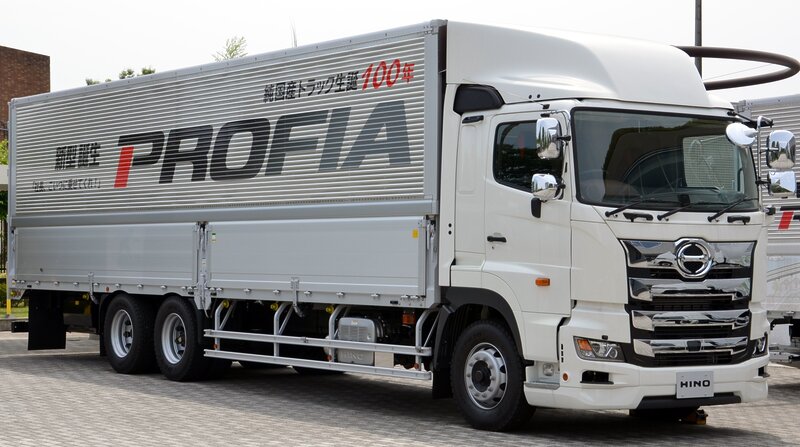
- Copyright work by the author himself, CC0,
https://commons.wikimedia.org/w/index.php?curid=70313266
A large truck called the Hino Profia FR can carry 15.5 tons of cargo per car.
This means that 24,155 heavy trucks would be required to carry 374,400 tons of apples.
The total length of the profia is 11,990mm.
The total length of a large truck is set to be within 12m, so it is the length that is thought to have been aimed at the very least.
Here, let's calculate it by setting the perfect number, 12m.
When 24,155 large trucks lined up with zero vehicle distance, 289.96km .
If you line up the Aomori Interchange in Aomori City on the Tohoku Expressway, you will not only leave Aomori Prefecture, but also pass through Osaka Town, Kakunodate City, Iwate Prefecture, and then Tsukikan Interchange in Kurihara City, Miyagi Prefecture. 288.3km up to this point , so it's over this.
*Most sections of the Tohoku Expressway have two or more lanes on each side, but it is intended to be arranged in one lane.
You'll see that this is quite long, but the assumption that it is lined up with zero vehicle distance is unrealistic.
Trucks driving on highways require a reasonable distance between vehicles.
Let's assume that the distance between cars is 88m (we might want more distance between cars, but we've set it this number to simplify the calculation), which means that it occupy 100m of roads per car, combined with the total length of the truck itself.
means that
the length of the convoy for the 24,155 heavy trucks 2,415.412km the Aomori Interchange to the Kagoshima Interchange in Kagoshima City, Kagoshima Prefecture is generally 2,000 km long , so it is a longer train.
Have you imagined the terrifying amount of apples caught in Aomori Prefecture in a year?
749 freight trains
As you can see in the article, as a railway fan and former railway official, I would like to consider carrying it by freight train.
A 12-foot container, a commonly used type of freight train, can carry 5 tons of freight, and can carry five containers on one car, allowing 25 tons of apples per car.
Let's put 20 cars together and tow the Freight Train on the Tohoku Main Line by the EH500 electric locomotive
(Japan's longest container freight train is 26 cars, but it is not operated in the Tohoku region. I think so).

The EH500 has a total length of 25m and a container freight vehicle is approximately 20m, so it has a total length of 425m and a load capacity of 500 tons.
To carry 374,400 tons of apples, it requires 74,880 containers and 14,976 container freight cars, which means that a total of 749 freight trains will need to be operated.
The total length of the 749 freight trains is 318.325km.
We are considering arranging this from Aomori Station on the Tohoku Main Line (including the Iwate Galaxy Railway Line and Aoimori Railway Line, the former Tohoku Main Line), which are active in freight transport in northern Japan.
Aomori Station (Aomori City, Aomori Prefecture) → Aoimori Railway Line (121.9km) → Metoki Station (Minohe Town, Aomori Prefecture) → Iwate Galaxy Railway Line (82.0km) → Morioka Station (Morioka City, Iwate Prefecture) → JR Tohoku Main Line ( 112km) → Ishigoshi Station (Tome City, Miyagi Prefecture)
This means that the train is 315.9km, so even if it is carried by freight train, the train will be connected to the rosary from Aomori Prefecture to northern Iwate Prefecture.
Considering the distance between trains, I think that the shortest distance between trains would be 600m, and in reality, it would be more than 1km apart, so assuming that it occupies 1,500m per train, 749 freight trains would be 1,122.425km. is.
This is from Aomori Station to the Aoimori Railway Line, Iwate Galaxy Railway Line, JR Tohoku Main Line, Musashino Line, and Tokaido Main Line, and by prefecture name, it is Aomori, Iwate, Miyagi, Fukushima, Tochigi, and Ibaraki (only via Koga City). ) - It is the length of the area from Saitama, Tokyo, Kanagawa, Shizuoka and Aichi prefectures, and is about Seishu Station in Inazawa City, northwest of Aichi Prefecture.
In the case of trucks, considering the distance between cars, we ended up going to Kagoshima, so it's shorter than that, but it can be said to be incredible length.
7 times more apple trees than humans
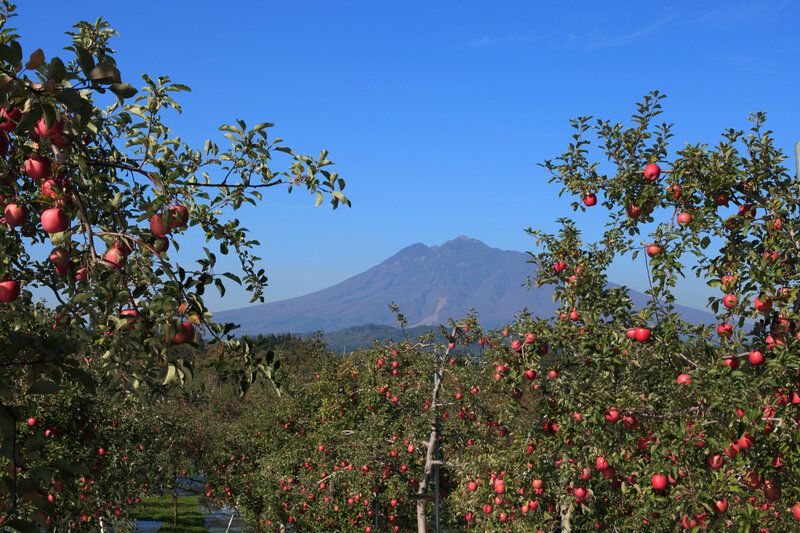
Aomori Prefecture, which has a large apple harvest, naturally has many apple trees.
I don't think there is a clear understanding of the exact number of apples, but estimates that the area of the land in Aomori Prefecture where apples are grown is approximately 24,100 hectares, the number of apple trees is approximately 8.39 million. is.
If we compare it, the population of Aomori Prefecture was 1,237,984 as of the October 2020 census, which means that there are about seven times more apple trees than humans.
Why is apple production popular in Aomori Prefecture?
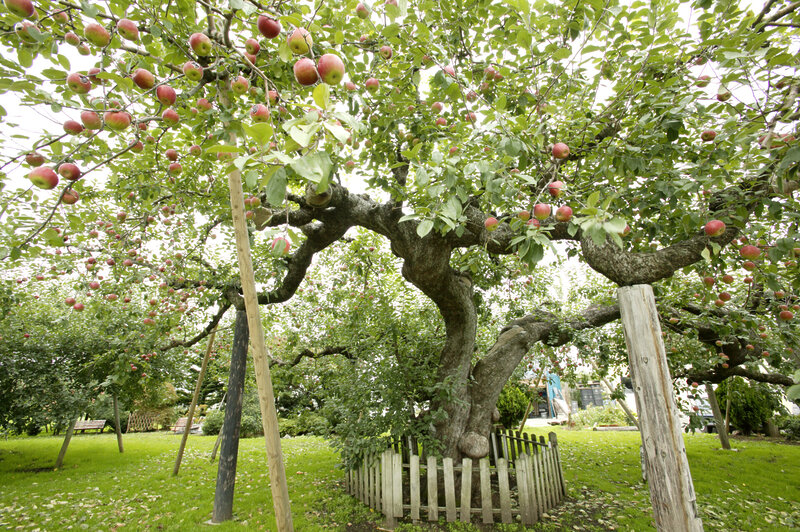
Apples currently eaten in Japan were introduced to Japan in 1871, in the early Meiji period.
In Aomori Prefecture, three seedlings distributed by the government in 1875 were planted on the Aomori Prefectural Government premises, and cultivation began.
Since then, the number of farmers growing apples in Aomori Prefecture steadily increased, and in 1909 it became the prefecture with the largest number of apple fields in the country.
Apples are a fruit suitable for cool climates, and in terms of temperature, they were the perfect fruit to grow in the Tohoku region.
This is due to the large harvest in the prefectures and Hokkaido in the Tohoku region.
Other methods of cultivating apples, such as the fact that apples have become a better source of income for farmers in Aomori than other crops, and that they can grow apples even at an age where rice cannot be caught due to cold damage, and that they can be grown in the form of pests. There were several factors that made apples popular in Aomori Prefecture, such as the fact that there were people who enthusiastically spread the word about how to protect them.
Let's eat delicious apples from Aomori Prefecture
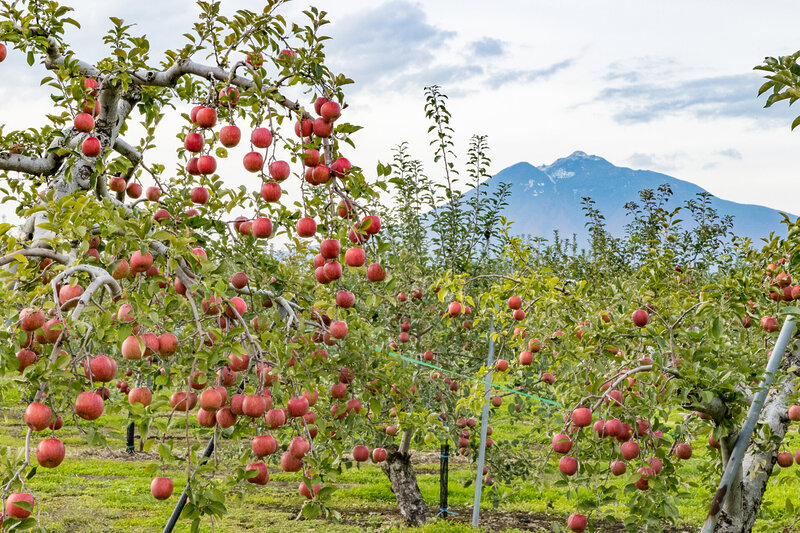
In Aomori Prefecture, which boasts the highest apple harvest in Japan, apples are also an essential tourist resource.
There are many tourist spots related to apples, such as Apple Road in Hirosaki City, where you can enjoy the atmosphere of apples, Hirosaki City Apple Park, and Namioka Roadside Station "Apple Hill" where you can experience apple harvesting in Namioka City.
And I would like to eat apples not only to see them but also to taste delicious.
This media also introduces several ways to enjoy Aomori apples.
Please take a look for reference.


